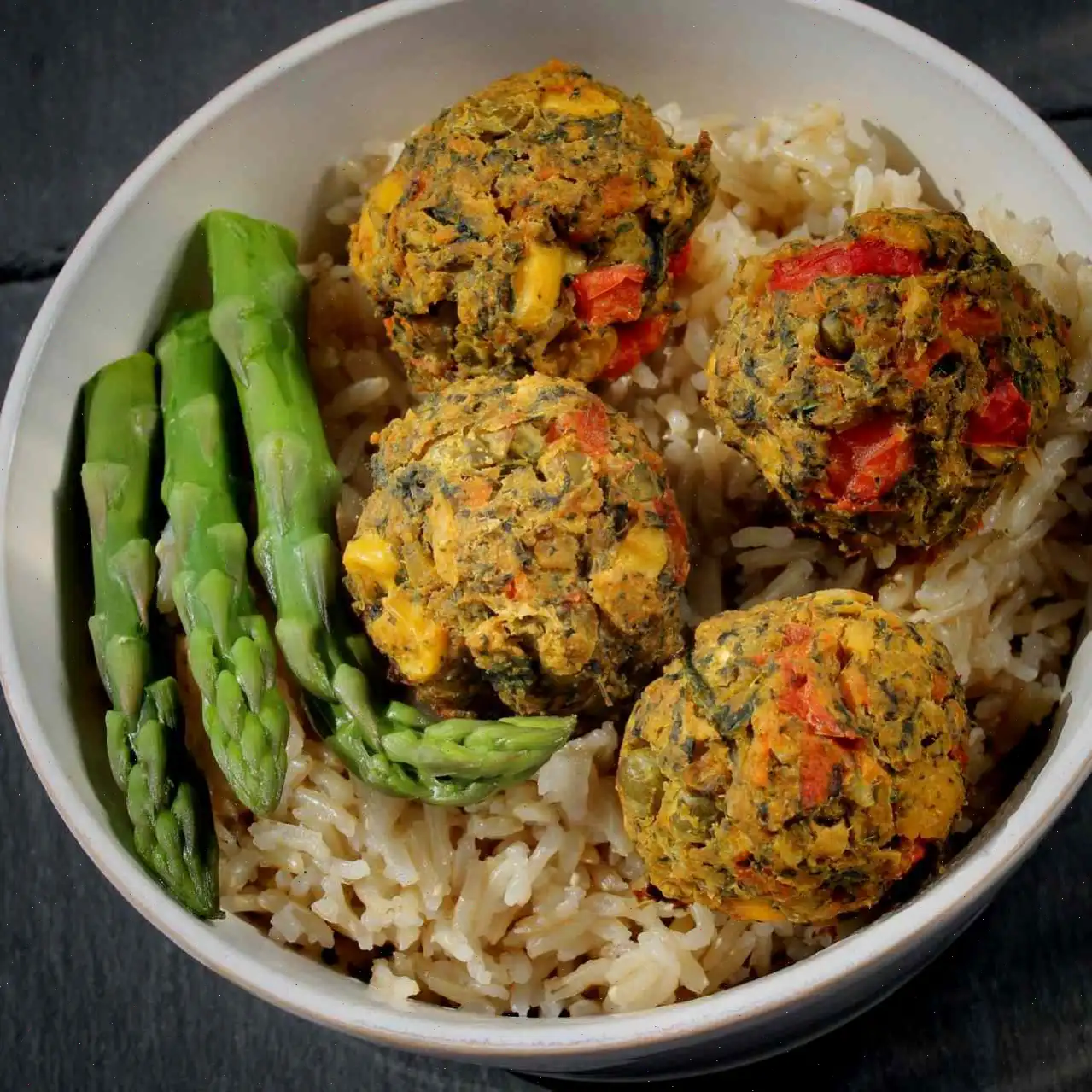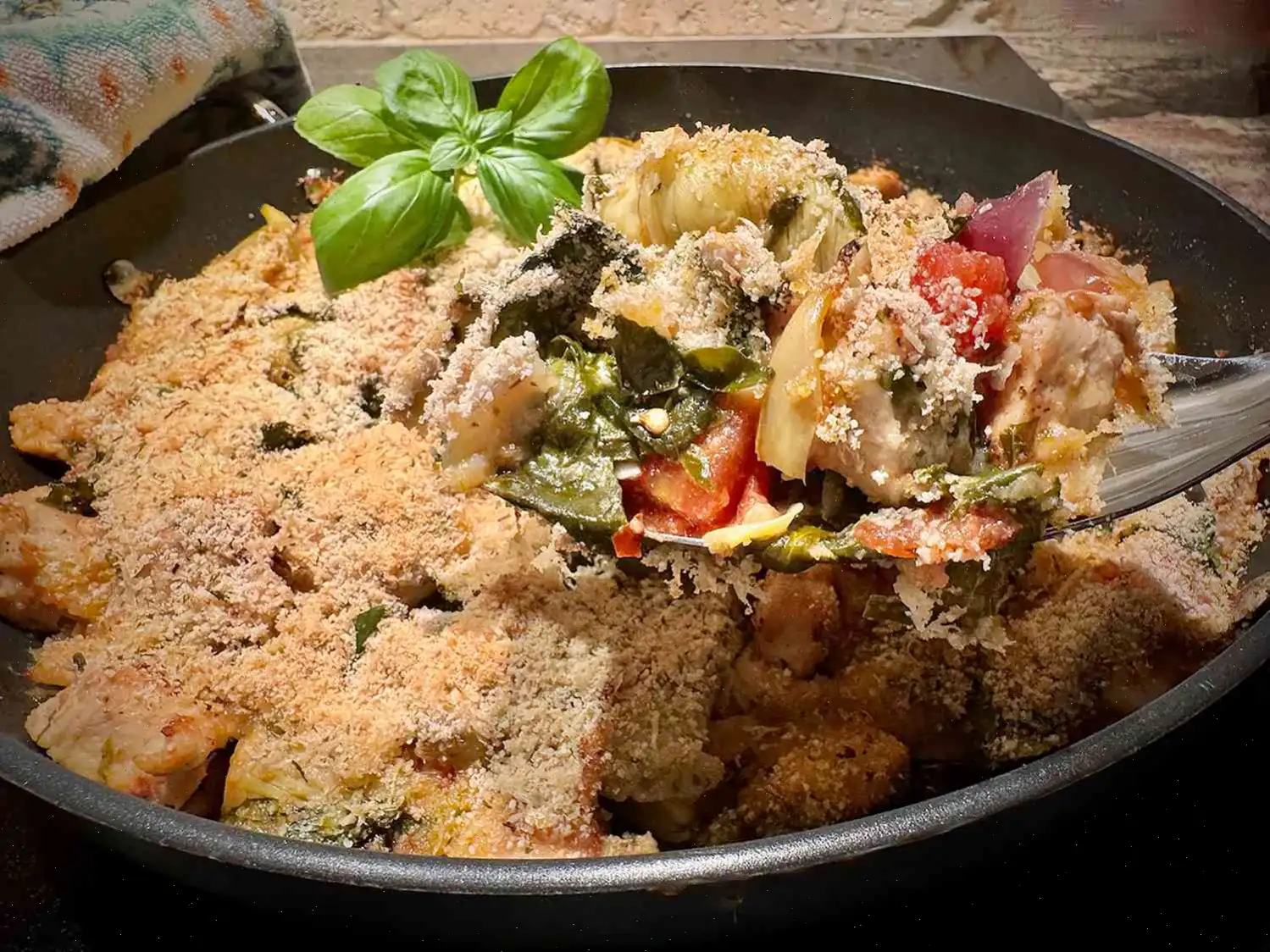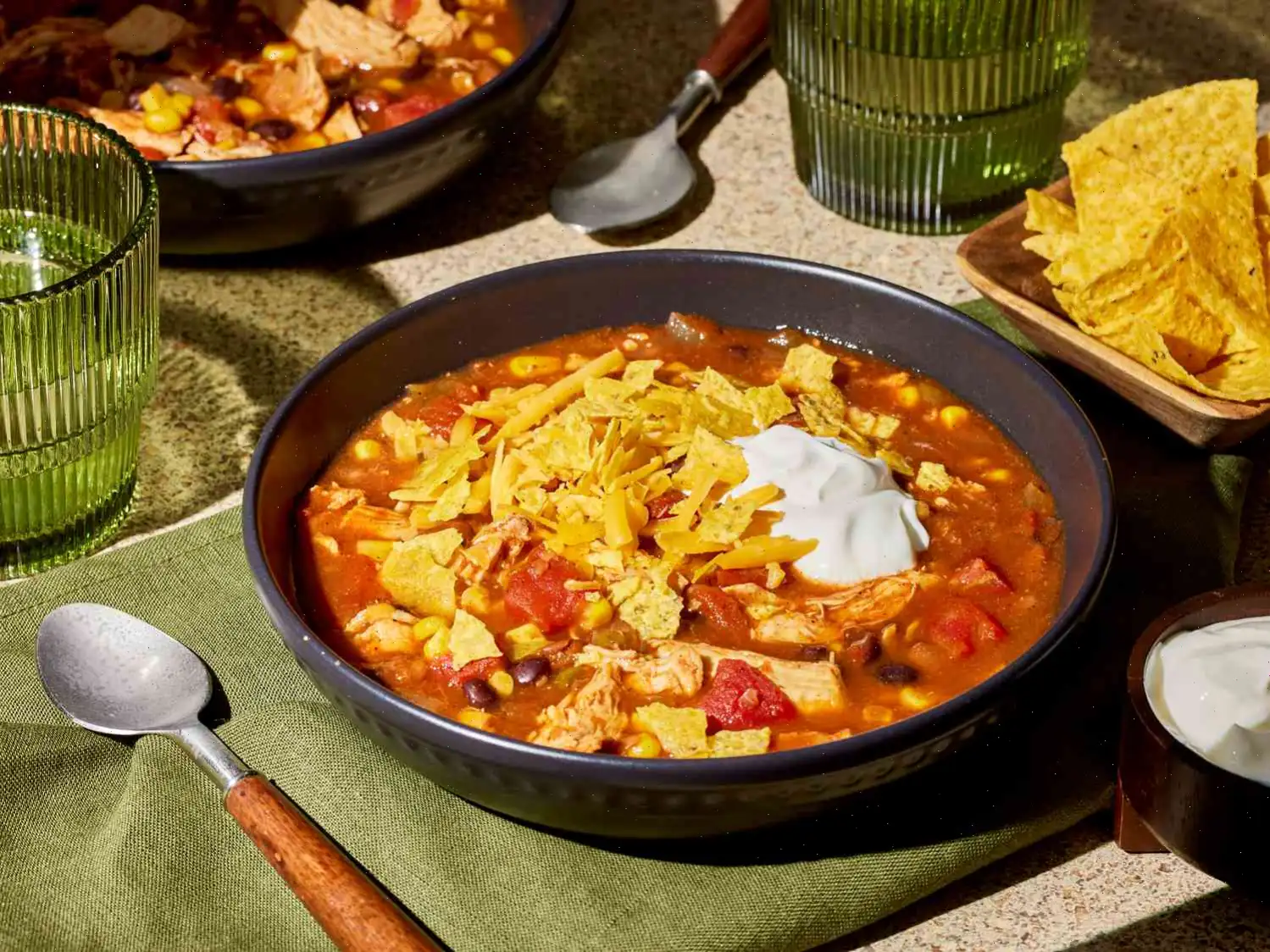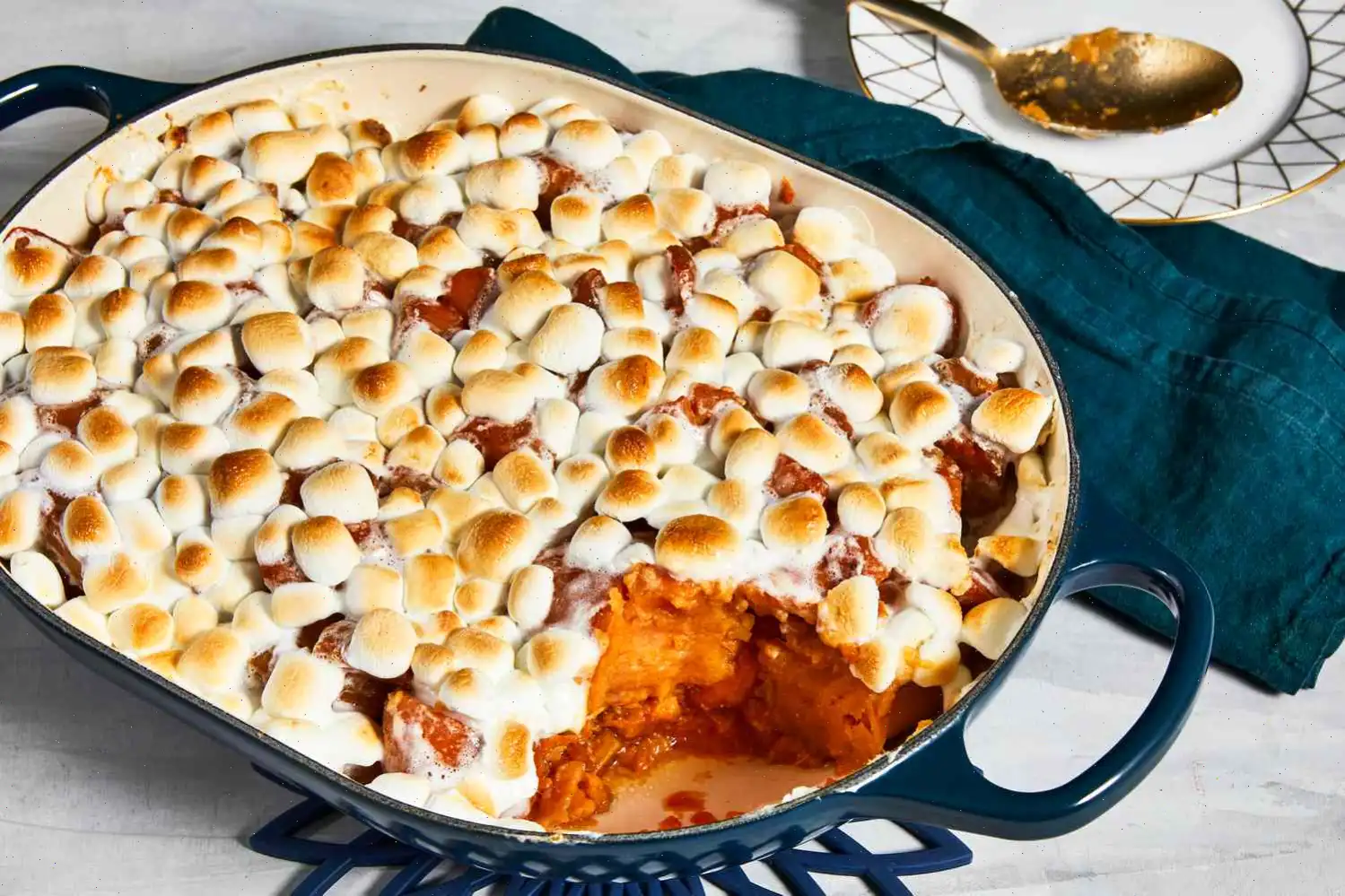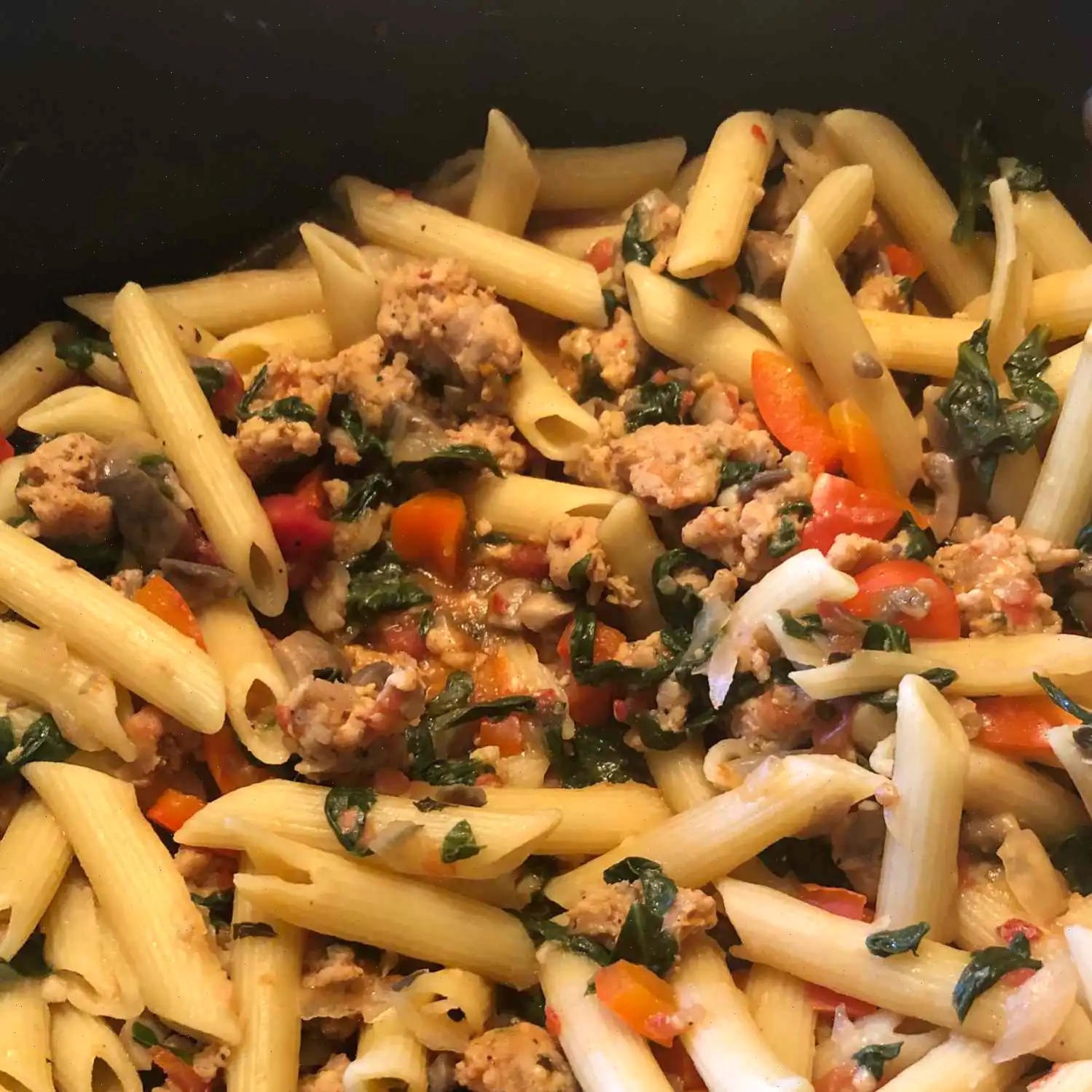
Copycat Veggie Balls
Ingredients
- cup low-sodium vegetable broth
- 1 cup diced white onion
- cup diced carrots
- cup diced red bell pepper
- 1 cup frozen corn
- cup frozen peas
- 1 teaspoon water, or more as needed
- cup cooked spinach
- 1 (15 ounce) can no-salt-added chickpeas, drained, liquid reserved
- cup red lentil flour
- cup chickpea flour
- cup nutritional yeast
- 1 cup chopped fresh flat-leaf parsley
- 2 teaspoons garlic and onion seasoning
- 1 teaspoon chopped fresh sage
- teaspoon ground turmeric
- 1 teaspoon ground white pepper
Directions
Step 1: Heat vegetable broth in a skillet over medium heat. Add diced onion, carrots, and bell pepper. Cook until softened, about 5 minutes, stirring occasionally.
Step 2: Add corn and peas to the skillet. Cook for an additional 3 to 5 minutes, until the corn and peas are heated through. If necessary, add water to prevent burning. Remove from heat and set aside to cool.
Step 3: Preheat the oven to 375F (190C) and line a large baking sheet with parchment paper.
Step 4: Squeeze cooked spinach to drain excess moisture. In a food processor, pulse chickpeas and drained spinach together 3 times.
Step 5: Add red lentil flour, chickpea flour, nutritional yeast, parsley, garlic and onion seasoning, sage, turmeric, and white pepper to the food processor. Pulse an additional 3 times.
Step 6: Add the cooled vegetable mixture to the food processor. Pulse 5 more times, ensuring the chickpeas remain coarse and the vegetables and herbs are chunky, with visible pieces of bell pepper, corn, and peas.
Step 7: Transfer the dough to a bowl and mix by hand to ensure all the seasoning, flours, and vegetables are fully incorporated. The dough should be sticky, not dry. If needed, add a little reserved chickpea liquid. Let the dough rest for 10 minutes.
Step 8: Scoop out the dough and form 30 balls. Place them on the prepared baking sheet with about an inch of space between each ball.
Step 9: Bake in the preheated oven for 25 to 30 minutes, or until golden brown. Serve immediately.
Cook's Notes
- If you prefer smaller bites, reduce the baking time to about 15-20 minutes.
- The original recipe calls for kale instead of spinach, but you can use other leafy greens like broccoli rabe if desired.
- Although the original recipe includes pea protein and chickpea flour, you can substitute lentil flour or any other bean flour based on your preferences.
- If you wish to freeze these, bake for 20 minutes until firm but not browned. Allow to cool completely before freezing in a . When ready to eat, bake from frozen for 12-15 minutes.
Nutrition Facts (per serving)
| Nutrient | Amount | % Daily Value |
|---|---|---|
| Calories | 163 | - |
| Total Fat | 2g | 2% |
| Saturated Fat | 0g | 1% |
| Sodium | 342mg | 15% |
| Total Carbohydrate | 30g | 11% |
| Dietary Fiber | 7g | 23% |
| Total Sugars | 5g | - |
| Protein | 9g | 18% |
| Vitamin C | 29mg | 32% |
| Calcium | 71mg | 5% |
| Iron | 3mg | 16% |
| Potassium | 480mg | 10% |
* Percent Daily Values are based on a 2,000 calorie diet. Your daily values may be higher or lower depending on your calorie needs.

Origin of Copycat Veggie Balls
Copycat veggie balls are a homemade vegan alternative to the popular veggie balls served at IKEA. The original veggie balls, sold at IKEA, became widely recognized as a satisfying plant-based option for shoppers and diners. Over time, food enthusiasts and home cooks sought to replicate these iconic veggie balls at home. This recipe, which combines chickpeas, vegetables, and various plant-based flours, offers a delicious vegan alternative for those who wish to recreate the IKEA experience in their own kitchens. The recipe's simplicity and healthy ingredients make it a great option for anyone looking to enjoy a guilt-free snack or meal.
Regional Variations and Unique Features
While veggie balls are often associated with IKEA, variations of vegetable-based balls exist in many culinary traditions worldwide. In Mediterranean cuisine, dishes such as falafel (made with chickpeas or fava beans) offer a similar flavor profile but typically include different spices. In India, vegetable koftassmall balls made of mashed vegetables and chickpea flourare a popular vegetarian dish served with rich gravies. What sets the Copycat Veggie Balls apart is their use of red lentil flour and chickpea flour, which give the balls a unique texture and nutritional profile. The addition of frozen corn, peas, and fresh spinach offers a balance of flavors and colors that are not typically found in other veggie ball variations.
Differences from Similar Dishes
Although similar in shape, the Copycat Veggie Balls differ from other well-known vegetable balls like falafel or koftas. Unlike falafel, which is deep-fried, these veggie balls are baked, making them a healthier option. Additionally, falafel is often made with a blend of chickpeas and spices, while the Copycat Veggie Balls include a mix of various vegetables like carrots, bell peppers, and peas. The use of chickpea flour and red lentil flour also sets these veggie balls apart from traditional recipes that might use breadcrumbs or wheat flour, making them suitable for gluten-free diets. The Copycat Veggie Balls are also distinguished by their savory seasoning, which includes garlic, onion seasoning, sage, turmeric, and white pepper, offering a more complex flavor profile than many other vegetable-based dishes.
Where Are They Usually Served?
These veggie balls can be served in a variety of settings, from casual family dinners to more formal events. As a vegan and gluten-free option, they are especially popular in health-conscious restaurants and among those following plant-based diets. In restaurants, they might be offered as a main dish, often paired with a side of vegetables, grains, or a dipping sauce. For a fun twist, they can also be served in wraps, sandwiches, or bowls. In a home setting, they are perfect for a family meal, potlucks, or as a snack at gatherings. Because of their hearty texture and satisfying ingredients, they are often chosen as a healthy alternative to traditional meatballs or other protein-rich snacks.
Fun Facts About Veggie Balls
1. The first veggie balls were likely invented as a way to make plant-based foods more appealing to those who were not accustomed to vegetarian or vegan diets.
2. The key ingredient, chickpeas, has been used in Middle Eastern and Mediterranean cooking for centuries. Chickpeas are rich in protein and fiber, making them an excellent choice for meat substitutes.
3. Nutritional yeast, a key ingredient in these veggie balls, is a popular seasoning in vegan dishes. It has a cheesy flavor, making it a great addition to plant-based recipes.
4. Though they are often associated with IKEA, these veggie balls have become a widespread favorite, with many recipes available online for people to recreate at home.
5. These veggie balls can be frozen and reheated, making them a convenient make-ahead meal option for busy days.
Conclusion
Copycat Veggie Balls provide a delicious, healthy alternative to meat-based balls. With their unique combination of chickpeas, vegetables, and seasonings, they offer a flavorful and satisfying meal. Whether you're serving them as a main course, snack, or appetizer, they are sure to impress your guests while also being a nutritious option for anyone following a vegan or gluten-free lifestyle.


